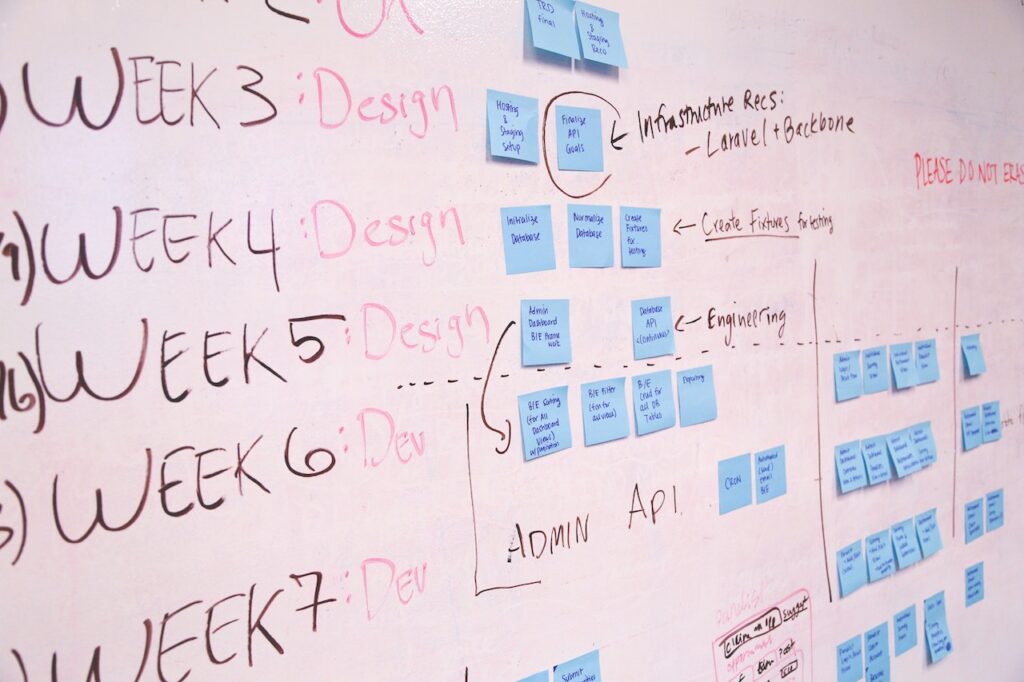In the world of web design, delivering projects on time is crucial for success. However, there are various common issues that can lead to project delays, causing frustration for both web designers and clients. Here, we will explore these issues in detail and provide specific strategies to avoid them.
1. Lack of Clear Project Scope
One of the primary reasons for project delays is a lack of a clear project scope. Without a well-defined scope, both designers and clients can easily deviate from the original plan, resulting in additional work and extended timelines. To avoid this, it is essential to have thorough discussions with clients to understand their requirements and clearly define project scope from the outset. Documenting these requirements in a detailed project brief can help avoid misunderstandings and scope creep later on.
2. Inadequate Communication
Effective communication plays a vital role in ensuring project success. Poor communication between designers and clients can lead to delays, misunderstandings, and rework. To address this issue, establish clear lines of communication with clients from the beginning. Regularly update clients on project progress, seek their feedback, and address any questions or concerns promptly. Utilize project management tools or collaboration platforms to streamline communication and keep everyone on the same page.
3. Scope Creep
Scope creep refers to the continuous expansion of project requirements beyond the initial agreement. It can be a major cause of project delays, as additional work is often added without considering its impact on the timeline. To avoid scope creep, clearly define and document the project scope, including deliverables and timelines. Regularly review and validate any requested changes against the project’s objectives. If changes are necessary, assess their impact on the timeline and adjust accordingly.

4. Unrealistic Timelines
Setting unrealistic timelines can set projects up for failure from the start. It is crucial to accurately estimate the time required for each phase of the project, taking into account potential obstacles and dependencies. Consider factors such as client reviews, content gathering, and development requirements when setting timelines. Communicate these timelines clearly to clients, ensuring they understand the rationale behind them to manage their expectations effectively.
5. Inadequate Resource Allocation
Insufficient resources can significantly impact project timelines. If designers are overloaded with multiple projects or lack the necessary skills, it can lead to delays. To avoid this, assess the available resources and allocate them wisely. Consider the team’s capacity, expertise, and availability. If necessary, adjust project timelines or bring in additional support to ensure efficient project execution.
6. Dependencies on Third Parties
Relying on external vendors or service providers can introduce unforeseen challenges that can disrupt the project timeline. To avoid such delays, it is important to establish clear communication channels with third parties from the outset of the project. This includes setting expectations, defining deliverables, and establishing deadlines.

7. Dependencies on Client Deliverables
When clients fail to provide necessary materials or feedback on time, it can hinder the progress of the project. To avoid such delays, it is crucial to establish clear expectations and timelines right from the beginning. Communicating the importance of timely deliverables to clients and setting realistic deadlines can help manage expectations. Additionally, building a strong relationship with clients and fostering open communication can encourage them to prioritize and provide necessary deliverables promptly, ultimately minimizing project delays.
8. Lack of Client Involvement
When clients are not actively involved in the project, it can cause delays due to prolonged decision-making processes or sudden changes in requirements. To keep the project moving smoothly, encourage client involvement throughout the design process. Schedule regular meetings or checkpoints to discuss progress, gather feedback, and make necessary adjustments. Promptly address any questions or concerns raised by clients to maintain momentum.
9. Lack of Quality Assurance
Failing to adequately test and review the designs can result in the discovery of errors and issues later in the development process, requiring time-consuming rework. To avoid such delays, it is crucial for web designers to implement effective quality assurance practices. This can be achieved by conducting thorough testing and reviews at each stage of the design process, involving the client in the feedback loop, and seeking external feedback from other professionals in the field.
The Bottom Line
Project delays can be a significant source of frustration for web designers and clients alike. By addressing the common issues mentioned above and implementing the specific strategies outlined, you can significantly reduce the likelihood of delays in your web design projects. Effective communication, clear project scope, and realistic timelines are key to ensuring successful project execution. Remember, avoiding delays not only enhances your professional reputation but also leads to satisfied clients and successful outcomes.







